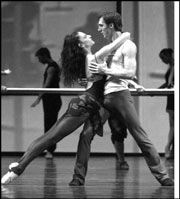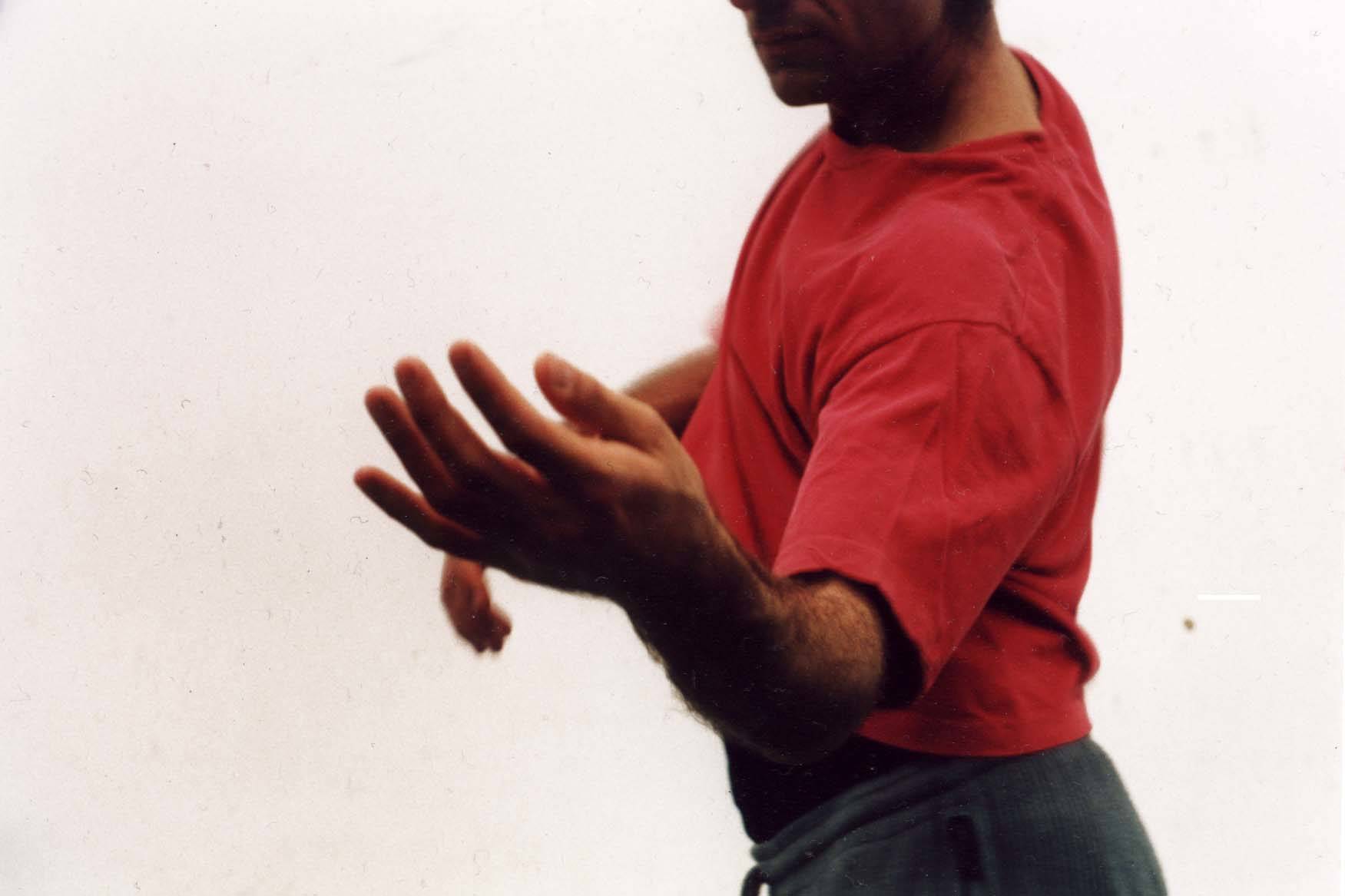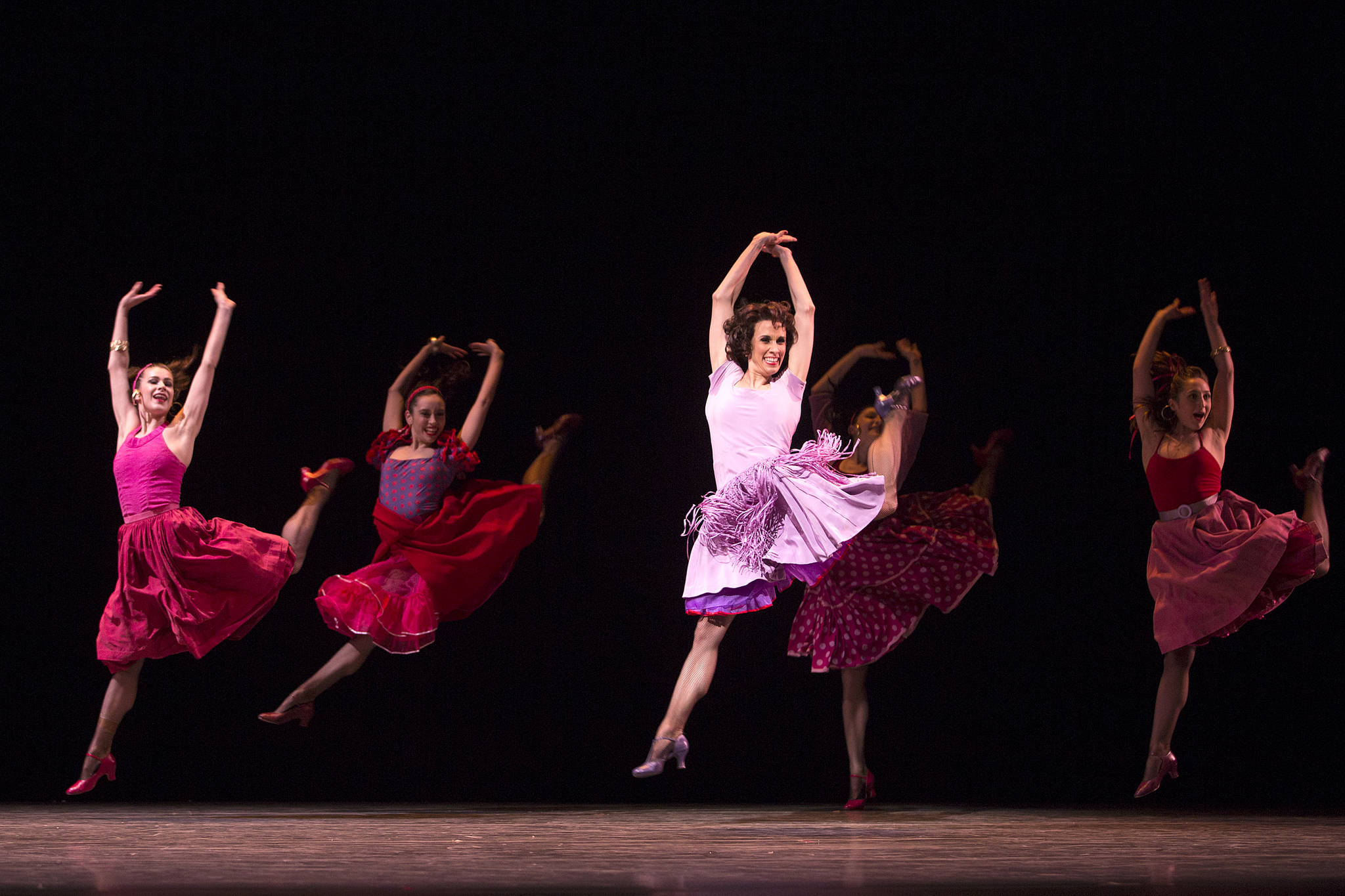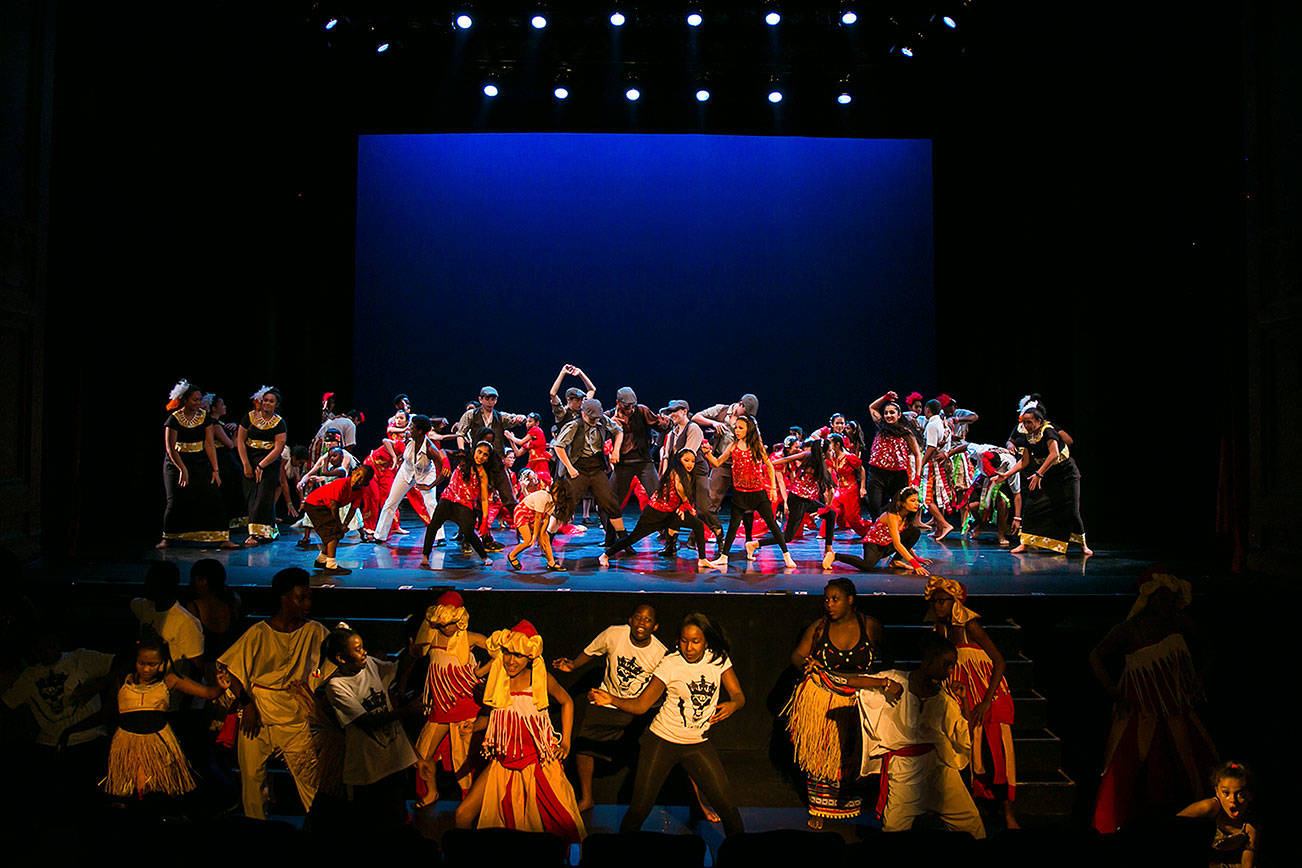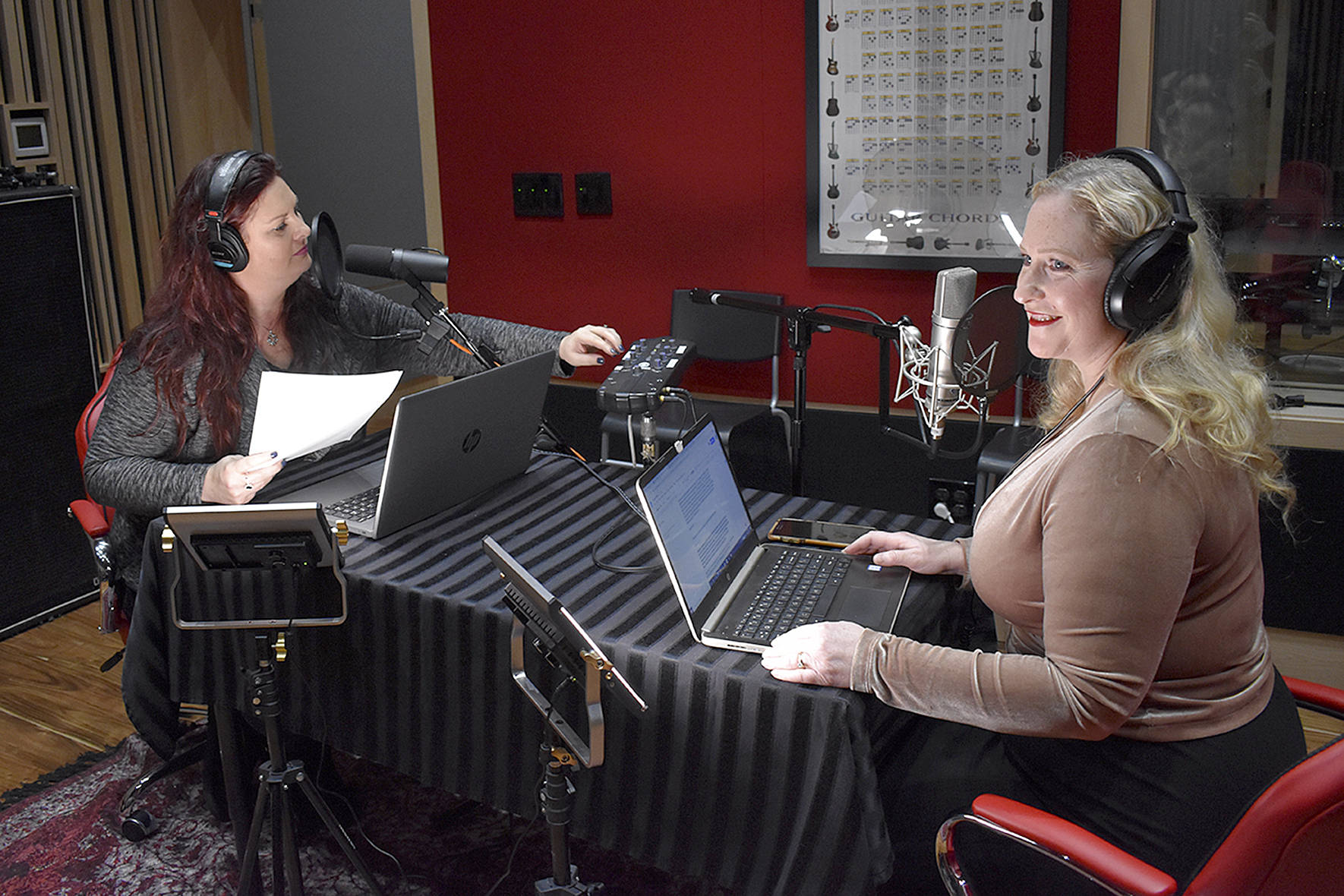PACIFIC NORTHWEST BALLET CARMEN
Mercer Arts Arena, 363 Mercer, 292-ARTS, $15-$115 Thurs.-Sun., Feb. 7-10
BALLET WAS CREATED in the great halls of Renaissance princes and later developed in the grand opera houses of Europe. And while it’s certainly been performed in unconventional venues, from outdoor stadia to intimate studios, it is most at home in a large proscenium theater. So when Pacific Northwest Ballet was forced to move down the street to the Mercer Arts Arena while the Opera House is being renovated, the PNB directors decided to use the change to their advantage, to experiment with their art form and our expectations of it.
Carmen may not seem like much of a vehicle for innovation; the warhorse opera has already been translated into dance several times. But its very familiarity relieves choreographer Kent Stowell from strict adherence to the details of the libretto. This production is as much about the life of a dance company as it is about the gypsy girl and her jealous lover. Stowell conflates the two worlds and shifts between them. Carmen is a character, but she’s also a performer in rehearsal or a dancer in class. The ensemble is working in a cigarette factory but also in a dance studio. The relationship between Carmen and Don Jose is a passionate one racing toward doom but also a deliberate partnership full of carefully modulated steps and positions.
Reinforcing the studio atmosphere, Stowell includes quotations from other ballets: some instantly recognizable—like the meeting between Death and the Young Girl from George Balanchine’s La Valse—others more vestigial. When Carmen “looks” at herself in the frame of a mirror in the dressing room, she echoes, perhaps inadvertently, a similar moment in Paul Taylor’s Le Sacre du Printemps/ The Rehearsal, another dance that combines a well-known artwork with scenes from company life.
In place of a static backdrop, architect and video artist Iole Alessandrini has created a video montage that is projected behind the dancers. It includes footage taken during rehearsals as well as a live feed shot during the performance by two dancers on the edge of the stage. These images are intercut with sentence fragments, such as “art is free like air,” that seem to comment on the ambiguous nature of the stage action. Between the multiple projected images and the simultaneous live action, our eyes are constantly shifting around— a very different experience from the usual single focus stage picture of much classical ballet.
The rest of the production is very pared down, matching the utilitarian interior of the Arena. Designer Randall Chiarelli has moved all the curtains back, exposing the lights and offstage spaces. His multipurpose industrial scaffolding serves as a ballet barre as well as a jail. Larae Hascall’s costumes bridge the gap between rehearsal wear and street clothing, so when the full ensemble comes on stage in “costume” for the first time they look like they’re ready for the gym dance in West Side Story.
Among all these references, the actual story of Carmen is downplayed. Stowell has chosen not to work with a specifically “Spanish” dance style, and occasionally we could hope for more passion in ensemble sections. Alessandrini’s video reinforces the connection between Carmen and Don Jose—without it there might be one too many moments of meaningful eye contact without any other movement—but some of the other relationships slip past us without delineation.
Co-directors Stowell and Francia Russell have said they want to use this time in the Mercer Arts Arena to experiment with more informal productions, to create a different kind of connection with their audience than is possible in the traditional space of the Opera House. And though most of the elements they’ve used here—from the material onstage to the casual question-and-answer session after the show—aren’t new to dance, they are new to PNB and go far to realize those goals.
